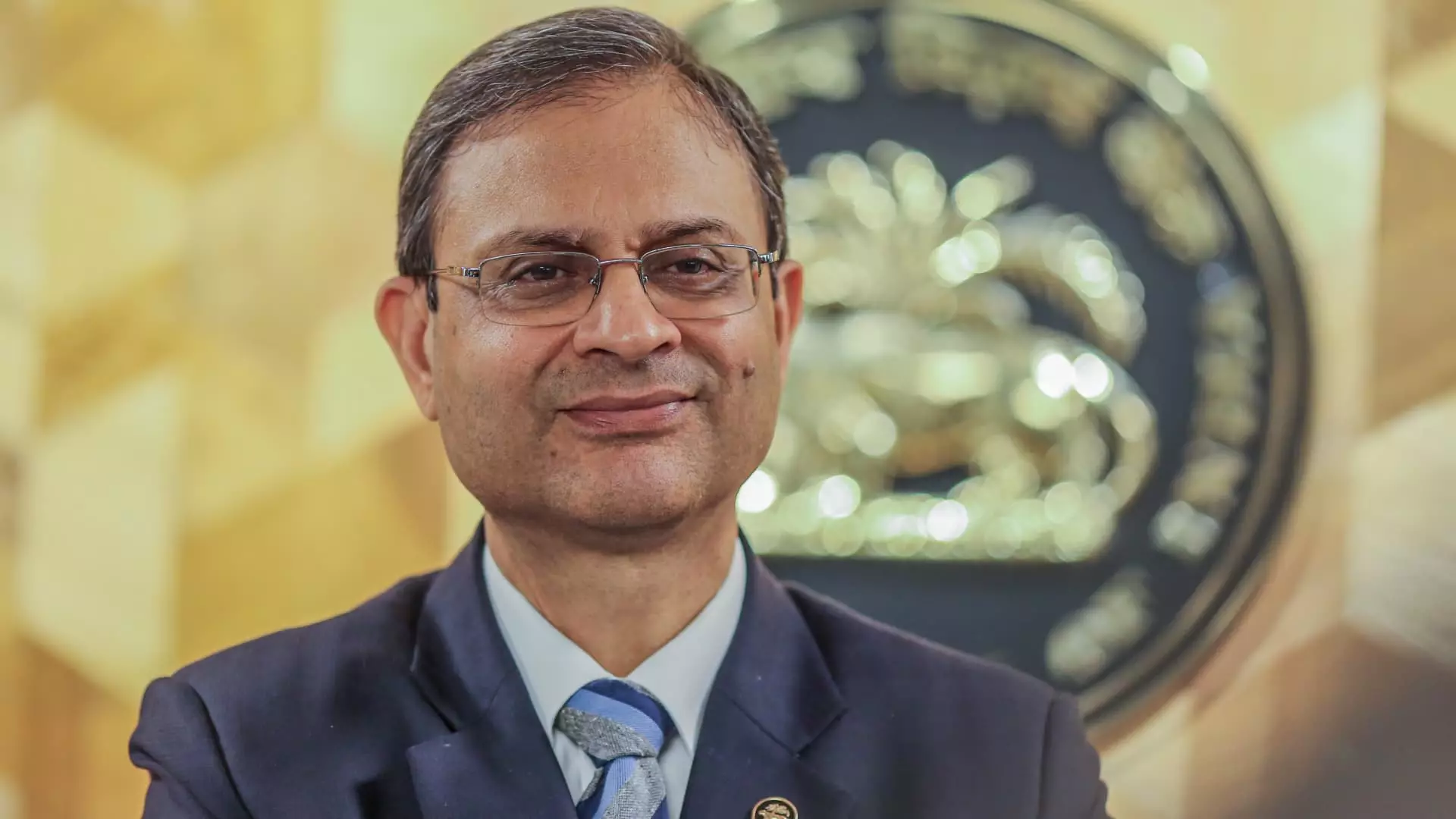In a significant development for India’s economy, the Reserve Bank of India (RBI) has enacted its first interest rate cut in nearly half a decade, a decision welcomed by many amidst the backdrop of declining inflation. The Monetary Policy Committee (MPC) opted to reduce the repo rate by 25 basis points, bringing it down to 6.25%. This historic action, announced by Governor Sanjay Malhotra during a virtual address, comes nearly three years after the last reduction in May 2020, during a period heavily affected by the COVID-19 pandemic’s economic repercussions.
The RBI’s choice to lower rates is projected to stimulate the economy, with forecasts suggesting a real GDP growth rate of 6.7% for the upcoming fiscal year—an optimistic sign amidst current economic uncertainties. However, the outlook for the fiscal year concluding in March indicates a slower 6.4% growth, marking the lowest rate experienced in four years. The stagnation reflects the broader struggles of the Indian economy, where GDP growth missed earlier expectations, recording just 5.4% in the last quarter.
Inflation forecasts also play a crucial role in this decision-making process. The central bank maintained its inflation target at 4.8% for the ongoing fiscal year, suggesting that easing inflation provides the MPC with maneuverability to cut rates without exacerbating price pressures. Recent consumer price indices indicate that inflation, which rose to a maximum of 6% in October, has stabilized somewhat, reaching 5.22% in December. This moderation allows the bank to cautiously foster growth without immediately threatening price stability.
Despite the potential benefits of a rate cut, immediate market responses were mixed. The benchmark Nifty 50 index fell by 0.5% as investors seemed cautious following the announcement, possibly reflecting apprehension about future economic recovery. Additionally, yields on 10-year government bonds rose by over 4 basis points, indicating that investors may not fully share the optimistic outlook heralded by the RBI.
The MPC’s decision to maintain a “neutral” policy stance perplexed many analysts who had anticipated a shift towards an “accommodative” approach. Such expectations were fueled by the urgent need for economic revival, especially given the evidence of substantial growth slowing over the past year. Governor Malhotra acknowledged this complexity, stating the necessity to create “policy space” that balances growth support while ensuring inflation remains aligned with targets.
The pathway forward is not devoid of risks. The rupee has recently faced pressures, reaching historic lows against the US dollar. Any rate cuts could provoke further inflation domestically, challenging the currency’s stability and potentially leading to capital flight. To counteract these threats, the RBI has actively intervened in foreign exchange markets, demonstrating a proactive approach to preventing sudden fluctuations that could destabilize the economy.
The RBI’s interest rate reduction is a strategic attempt to stimulate growth in a precarious economic landscape. While the immediate effects on markets are mixed, the decision reflects a larger narrative of cautious optimism intertwined with inherent risks. The central bank’s balancing act in promoting economic recovery while maintaining inflation within acceptable limits will be crucial in the coming months as India navigates these uncertain waters.


Leave a Reply